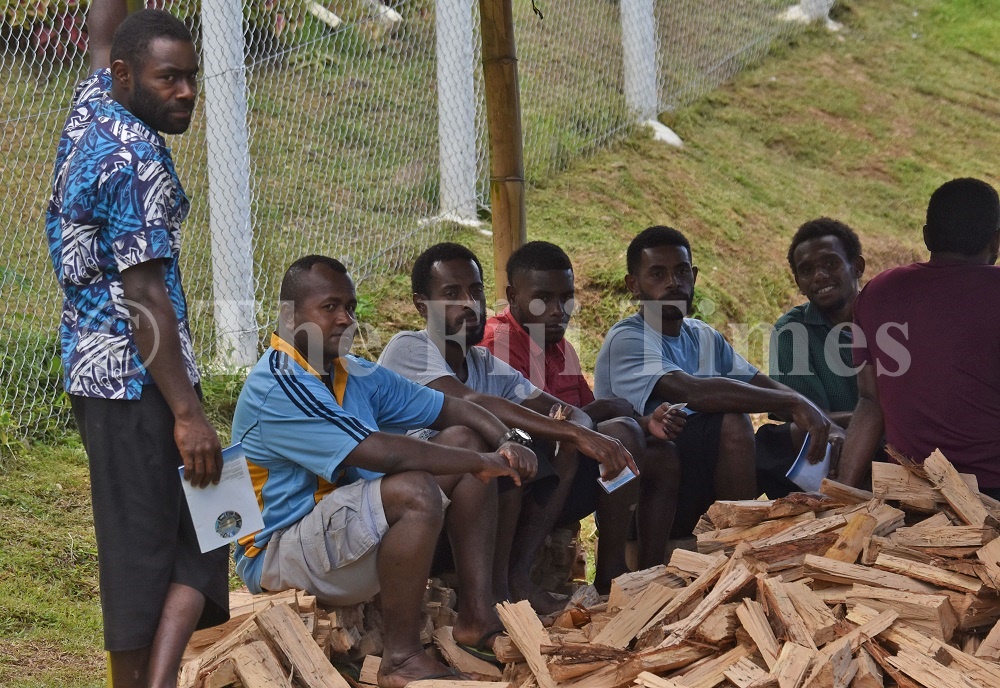Two villages in the Namosi Highlands are facing issues that are affecting the health and well-being of the people who live there.
For Waivaka, climate change is affecting the way villagers live, and in Naseuvou, dust clouds kicked up by large vehicles have become a health hazard for residents.
Waivaka Village headman Milio Raiyawa said extreme weather events brought about by climate change were affecting his people.
“The heat now is worse than before,” he said.
“One day it could be very hot and the next day it could be even hotter – people might think we are used to it but then it gets just too much.
“At times it would be raining in Namosi Village (8.3km up the road) while it would be sunny in my village. “We’re lucky that we have fresh water creeks and rivers to help us cool down during extremely hot days.”
About 6.8km up the road from Waivaka Village – turaganikoro of Naseuvou Village Serupepeli Rabuka said the dry weather combined with poor road infrastructure and inconsiderate drivers was affecting the health and safety of residents.
“When the weather is dry and humid, the heavy vehicles using the road kick up a lot of dust and it’s even worse when they speed through the village,” he said.
“These vehicles are sometimes carrying gravel or stones they get from the upper river areas.”
Mr Rabuka claimed requests to Government to tarseal their road have been ignored. “We had a meeting with the villagers a few months back and we came to an agreement and requested from the Government if our road could be tarsealed – it has been two years since we’ve made the request.
“So during the village district meeting, we followed up with the provincial council and we don’t know what the progress has been.”
He claimed that most days children in the village fall ill because of the dust.
“I really feel sorry for our children because at times they aren’t able to attend school.
“The villagers take each day as it comes and try to cope with the change in weather patterns and the issues it brings.
“Though it may be hard at times, it is something we must do because this will most likely be our future as well as the future of our children, grandchildren and great-grandchildren.”
According to the Secretariat of the Pacific Regional Environment Programme (SPREP) Pacific Climate Change Factsheet, climate change was expected to intensify extreme weather events, such as storms, cyclones, floods, droughts and heat waves.
SPREP said in the last decade, there were three times more weather-related natural catastrophes – mostly floods and windstorms – in the world than in the 1960s.
The changes in climate were expected to lead to more extreme weather patterns, and this meant that some places would receive more rainfall and other areas less rainfall, or more intense rainfall but of shorter duration, which would result in droughts.
SPREP said droughts over long periods could have other effects such as placing forests at high risk from fires and hardening the soil, making it less able to absorb rain when it eventually comes.
• Questions sent to the Fiji Roads Authority on December 11 remained unanswered when this edition went to press.





